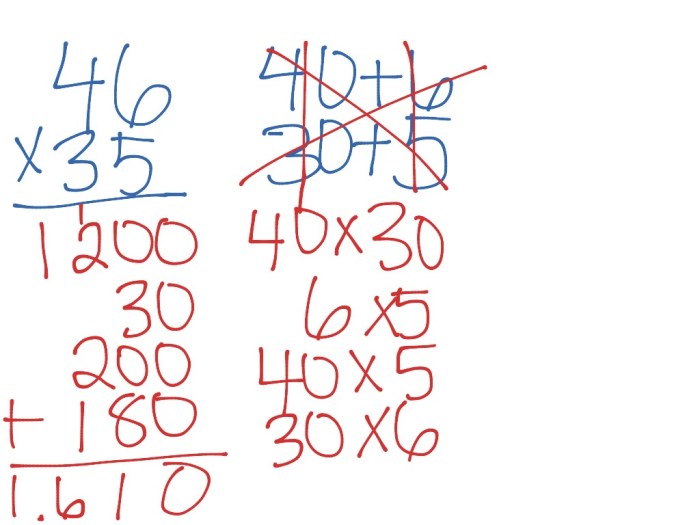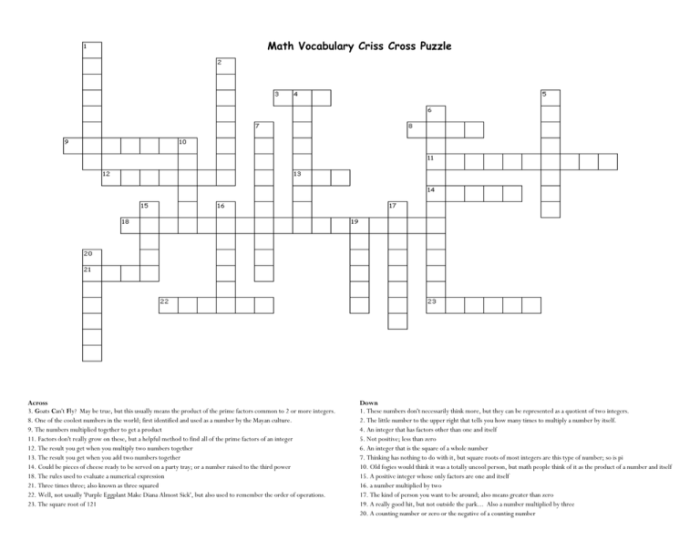Practice with crosses. show all work – Commencing with “Practice with Crosses: Show All Work,” this comprehensive analysis delves into the multifaceted significance of crosses across various disciplines. From religious rituals to cultural traditions and artistic expressions, the cross has left an indelible mark on human history and continues to captivate minds.
Throughout time and across cultures, the cross has been employed as a potent symbol, embodying profound meanings. Its association with Christianity, spirituality, and protection has made it an enduring icon, inspiring countless interpretations and variations.
Crosses in Practice

The cross, an ancient symbol with profound significance, has been deeply embedded in diverse practices across cultures and time periods. Its multifaceted meanings and applications have left an enduring mark on religious rituals, cultural traditions, and artistic expressions.
In Christianity, the cross holds immense religious significance, symbolizing the crucifixion of Jesus Christ. It serves as a sacred emblem, representing faith, sacrifice, and redemption. The cross is prominently displayed in churches, worn as jewelry, and used in religious ceremonies, embodying the central tenets of the Christian faith.
Cultural Traditions
Beyond religious contexts, the cross has also played a significant role in cultural traditions. In Celtic cultures, for instance, the Celtic cross, with its intricate knotwork and circular design, represents the intersection of the physical and spiritual worlds. In many cultures, the cross has been used as a protective symbol, believed to ward off evil spirits and bring good fortune.
Artistic Expressions
In the realm of art, the cross has served as a powerful motif, inspiring countless works of painting, sculpture, and architecture. From the iconic Byzantine mosaics to the elaborate Gothic cathedrals, the cross has been a central element in religious and secular art, expressing both spiritual and aesthetic sensibilities.
Symbolism of Crosses

The cross, an iconic symbol recognized globally, holds profound significance in various cultures and belief systems. Throughout history, it has transcended its physical form to embody a diverse range of symbolic meanings, including spirituality, protection, and the Christian faith.
Christian Symbolism
Within Christianity, the cross serves as a potent representation of Jesus Christ’s crucifixion and subsequent resurrection. It symbolizes both suffering and triumph, embodying the core tenets of the Christian faith. The cross serves as a reminder of Christ’s sacrifice and the hope of eternal life.
Spiritual Symbolism
Beyond its Christian connotations, the cross has also been adopted by various spiritual traditions. In some cultures, it represents the intersection of the physical and spiritual realms, symbolizing the union of opposites. The cross can also signify balance, harmony, and the integration of different aspects of life.
Protective Symbolism
In many cultures, the cross has been employed as a protective symbol. It is believed to ward off evil spirits, negative energies, and harm. The cross is often used in jewelry, amulets, and other objects to provide a sense of safety and protection.
Variations and Interpretations
The cross symbol has been adapted and interpreted in diverse ways across different cultures and time periods. Some common variations include:
- Latin Cross:The most widely recognized form, featuring a vertical beam with a shorter horizontal beam intersecting near the top.
- Greek Cross:Four arms of equal length, forming a square or equilateral cross.
- Celtic Cross:A Latin cross with a circle superimposed at the intersection of the arms, symbolizing eternity and the sun.
- Ankh Cross:An ancient Egyptian hieroglyph representing life and fertility, resembling a cross with a loop at the top.
Crosses in Art and Design: Practice With Crosses. Show All Work
Crosses have been a prominent motif in art and design throughout history, carrying both aesthetic and symbolic significance. Their geometric form and rich symbolism have made them a versatile element in various artistic expressions.
Religious Symbolism
In Christian art, the cross is a central symbol of the crucifixion of Jesus Christ and the redemption of humanity. It is often depicted as a Latin cross (with a longer vertical bar) or a Greek cross (with equal-length bars).
The cross symbolizes sacrifice, salvation, and eternal life.
Aesthetic Significance
Beyond religious contexts, crosses have also been used as decorative elements in art and design. Their simple yet elegant form adds visual interest and balance to compositions. Crosses can be incorporated into paintings, sculptures, jewelry, architecture, and graphic design.
Examples of Crosses in Art and Design
*
-*The Cross of Lorraine
A double-barred cross used as the symbol of the Knights Templar and later became a symbol of France.
-
-*The Celtic Cross
A combination of a cross and a circle, often used in Celtic art and associated with Christianity.
-*The Maltese Cross
An eight-pointed cross used as the symbol of the Knights Hospitaller and later became a symbol of Malta.
-*The Swastika
An ancient symbol used in various cultures, including Hinduism, Buddhism, and Nazi Germany.
-*The Iron Cross
A military decoration awarded in Prussia and later in Germany, featuring a black cross on a white background.
Crosses in Architecture

Crosses have played a significant architectural role in religious structures, particularly in Christian architecture. They serve as both functional and symbolic elements, representing the faith and beliefs of the community.
Types of Crosses in Architecture
Various types of crosses have been used in architecture, each carrying specific symbolic meanings:
- Latin Cross:The most common form, with a vertical beam and a shorter horizontal beam, symbolizing Christ’s crucifixion.
- Greek Cross:A cross with four equal arms, representing the four cardinal directions and the spread of Christianity.
- Celtic Cross:A Latin cross with a circle superimposed on the intersection, representing the eternal nature of God.
- Gothic Cross:A Latin cross with pointed arms and a trefoiled or quatrefoil shape at the ends, symbolizing the Trinity.
- Cross of Lorraine:A double-barred cross, with the lower bar longer than the upper, symbolizing the authority of the pope.
Architectural Significance
Crosses have been incorporated into the design of churches and cathedrals as:
- Floor Plans:Many churches and cathedrals are built in the shape of a Latin cross, with the nave representing the vertical beam and the transepts forming the horizontal arms.
- Roofs and Spires:Crosses often crown the roofs and spires of churches, symbolizing the triumph of Christianity and the connection between heaven and earth.
- Altars and Tabernacles:Crosses are placed on altars and tabernacles as a reminder of Christ’s sacrifice and the presence of the Holy Spirit.
- Windows and Stained Glass:Crosses are featured in stained glass windows, depicting biblical scenes and representing the light of Christ.
In addition to religious structures, crosses have also been used in secular architecture as decorative elements or symbols of cultural identity.
Crosses in Literature and Film

Crosses have been a potent symbol in literature and film for centuries, representing a wide range of spiritual, thematic, and cultural meanings. They have been used to convey messages of faith, redemption, sacrifice, and hope.
Symbolic Significance
In literature and film, crosses often symbolize the Christian faith and the sacrifice of Jesus Christ. They can also represent the intersection of the spiritual and physical worlds, the struggle between good and evil, and the hope for salvation.
Thematic Significance
Crosses can be used to explore themes of guilt, shame, and redemption. They can also represent the burden of sin, the search for forgiveness, and the power of love to overcome adversity.
Examples in Literature, Practice with crosses. show all work
- In Nathaniel Hawthorne’s The Scarlet Letter, the protagonist Hester Prynne wears a scarlet letter “A” on her chest as a symbol of her adultery. The letter “A” is shaped like a cross, highlighting the connection between sin and redemption.
- In Harper Lee’s To Kill a Mockingbird, the character of Atticus Finch uses a cross to symbolize the injustice and racism prevalent in the American South.
Examples in Film
- In Ingmar Bergman’s Winter Light, the cross is used to explore themes of doubt, faith, and the silence of God.
- In Martin Scorsese’s The Last Temptation of Christ, the cross is used to depict the physical and spiritual suffering of Jesus Christ.
Crosses in Medicine and Healthcare
Crosses have a long and significant history in the medical field, serving as symbols of healing, compassion, and the pursuit of knowledge.
Historically, the cross was associated with the Knights Hospitaller, a religious order that provided medical care to pilgrims and the sick during the Crusades. The red cross on a white background became the emblem of the order, symbolizing their mission of mercy and protection.
Medical Symbols and Organizations
Today, the cross remains a prominent symbol in medicine and healthcare. The Red Cross and Red Crescent Movement, founded in 1863, uses a red cross or red crescent on a white background as its emblem. This symbol represents neutrality, impartiality, and the protection of medical personnel and facilities in conflict zones.
Other medical organizations also incorporate crosses into their symbols, such as the World Health Organization (WHO), which uses a blue cross on a white background, and the American Medical Association (AMA), which uses a red cross on a black background.
Crosses in Sports and Recreation
Crosses have found their way into various sports and recreational activities, often carrying symbolic and practical significance.
In the realm of football, for instance, the Christian cross has become a common sight on the field. Players often wear necklaces or wristbands adorned with crosses as a symbol of their faith and spirituality. The cross serves as a reminder of their beliefs and a source of comfort during intense competition.
The Red Cross in Disaster Relief
The Red Cross, an international humanitarian organization, employs the red cross symbol as a symbol of protection and medical assistance. During natural disasters and emergencies, the Red Cross deploys teams of volunteers and medical personnel who wear the red cross emblem on their uniforms.
This symbol signifies their neutrality and their commitment to providing aid to those in need.
The red cross emblem ensures the safety of Red Cross workers and allows them to access affected areas without hindrance. It serves as a beacon of hope and a reminder of the importance of compassion and assistance in times of crisis.
Crosses in Fashion and Jewelry
Crosses have been incorporated into fashion and jewelry for centuries, holding both cultural and aesthetic significance. They symbolize religious beliefs, personal style, and cultural heritage.
Cross jewelry comes in a wide range of styles and designs, from simple pendants to elaborate necklaces and earrings. Crosses can be made from various materials, including gold, silver, and gemstones. Some crosses feature intricate engravings or enamelwork, while others are more minimalist in design.
Crosses in Religious Fashion
Crosses are a common symbol in religious fashion, worn by individuals of various faiths. Christian crosses are often worn as a symbol of faith and devotion. In some cultures, crosses are also worn as a protective talisman.
Crosses in Cultural Fashion
Crosses have also been adopted into cultural fashion, becoming a symbol of heritage and identity. For example, the Celtic cross is a popular symbol in Irish culture, and the ankh cross is associated with ancient Egyptian culture.
Crosses in Fashion Accessories
Crosses are also used as decorative elements in fashion accessories, such as handbags, scarves, and jewelry. Cross-shaped motifs can add a touch of sophistication and style to any outfit.
FAQ Compilation
What is the historical significance of the cross?
The cross has been a prominent symbol in Christianity since the first century, representing the crucifixion of Jesus Christ.
How has the cross been used in art and design?
Crosses have been incorporated into art and design for centuries, serving as both decorative motifs and profound symbols of faith and spirituality.
What is the architectural significance of crosses?
Crosses have played a central role in church architecture, symbolizing the Christian faith and serving as focal points for worship.